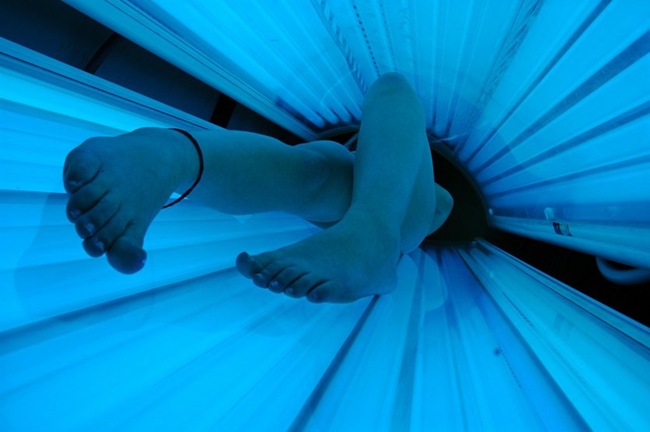Is Sunbathing on a Bed Safer than Tanning in the Sun?
In addition to skin cancer (including basal cell carcinoma, squamous cell carcinoma, and melanoma), UV radiation is linked to a variety of other skin problems, including premature skin aging. This is true whether the radiation comes from the sun or artificial sources such as sun lamps and tanning booths (photo aging). Tanning beds make use of fluorescent lights, which primarily emit UVA while also emitting small amounts of UVB. UVA radiation can be up to three times stronger than UVA radiation found in natural sunlight, while the intensity of UVB radiation can be comparable to that of intense sunlight.
The Facts
Long-term
population studies were the first to reveal the damaging effects of sunshine.
Because tanning beds are relatively new phenomena, first emerging commercially
in the United States in the late 1970s, our understanding of the dangers
connected with them has progressed more slowly. However, growing research has
revealed a connection between tanning bed usage and all skin malignancies since
the late 1990s. In research published in 2002 by the National Cancer Institute,
using the indoor tanning equipment was linked to a 50% increase in the risk of
basal cell carcinoma and a more than 100% increase in the risk of squamous cell
carcinoma.
The International Agency for Research on Cancer examined 19 researches on indoor tanning and melanoma risk in 2007. It was shown that those who began indoor tanning before the age of 35 had a 75% higher chance of acquiring melanoma. UV radiation from any source has been classified as a known carcinogen (cancer-causing substance) by the United States National Toxicology Program since 2003. Many government bodies currently advise against tanning.
The Reality
Thanks to
laboratory research, we now understand the effects of tanning on skin cells.
UVB and UVA radiation can cause DNA damage in cells, which may result in the
development of cancer-causing mutations. Tannin is produced as a result of the
same DNA damage. To put it another way, skin tanning is a sign of DNA damage
that has occurred in the body.
Despite accumulating evidence that tanning beds are harmful, the number of people who use it is increasing. Nearly 30 million people in the United States get their skin tanned in salons each year, the vast majority of whom are women between the ages of 16 and 49. Many people, according to studies, are aware of the dangers of tanning yet continue to do so because they feel it makes them seem younger and healthier.
Meanwhile, the tanning industry pushes unsubstantiated claims about the health advantages of indoor tanning. According to one claim, it assists in the building of a protective foundation against sunburn. It does, but only to a minor extent – around the same amount as a sunscreen with an SPF of 4 or lower. Another reason is that tanning promotes the production of vitamin D in the skin, which is crucial for bone health and has been linked to a decreased risk of developing different cancers, including prostate cancer. To have all of your vitamin D requirements met, take a daily vitamin D supplement, which delivers all of the benefits while avoiding the skin risks associated with exposure to ultraviolet light.





Comments
Post a Comment